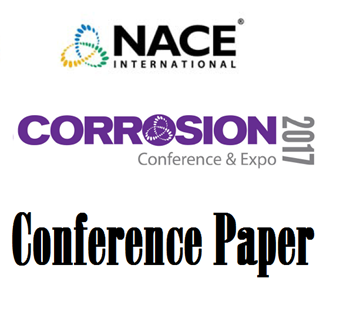Search
97566 POLARIZATION BENEATH DISBONDED COATINGS: A COMPARISON BETWEEN CONVENTIONAL AND PULSED CATHODIC PROTECTION
Also Purchased
Penetration of Cathodic Protection into Pipeline Coating Disbondment
Product Number:
51317--9146-SG
ISBN:
9146 2017 CP
Publication Date:
2017
$20.00
07118 Chemistry and Corrosion Rates under Pipeline Disbonded Coatings With or Without Cathodic Protection
Product Number:
51300-07118-SG
ISBN:
07118 2007 CP
Publication Date:
2007
$20.00
96208 CORROSION BENEATH DISBONDED COATINGS: A REVIEW
Product Number:
51300-96208-SG
ISBN:
96208 1996 CP
$20.00




